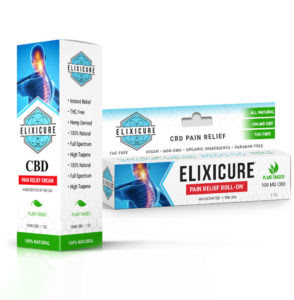What is CBN?

Though tetrahydrocannabinol (THC) and cannabidiol (CBD) are perhaps the two most well-known cannabinoids(chemical compounds derived from the cannabis plant), other cannabinoids can also be extracted that have proven health benefits. One such cannabinoid is cannabinol (CBN). Sharing a similar chemical makeup to THC, CBN is actually produced when THC is oxidized. Being heated or exposed to oxygen for prolonged periods of time will enhance the oxidation process, which is why CBN is oftentimes more present in aged or poorly stored cannabis. Like all cannabinoids, CBN works by interacting with the body’s endocannabinoid system. The endocannabinoid system is a network of receptors that regulate a variety of bodily activity, and are activated by cannabinoids such as THC or CBD. There are two types of receptors: CBD1 and CBD2. CBD1 receptors are primarily found in the brain and nervous system, where CBD2 receptors are mostly found in the immune system and gastrointestinal tract. Cann









